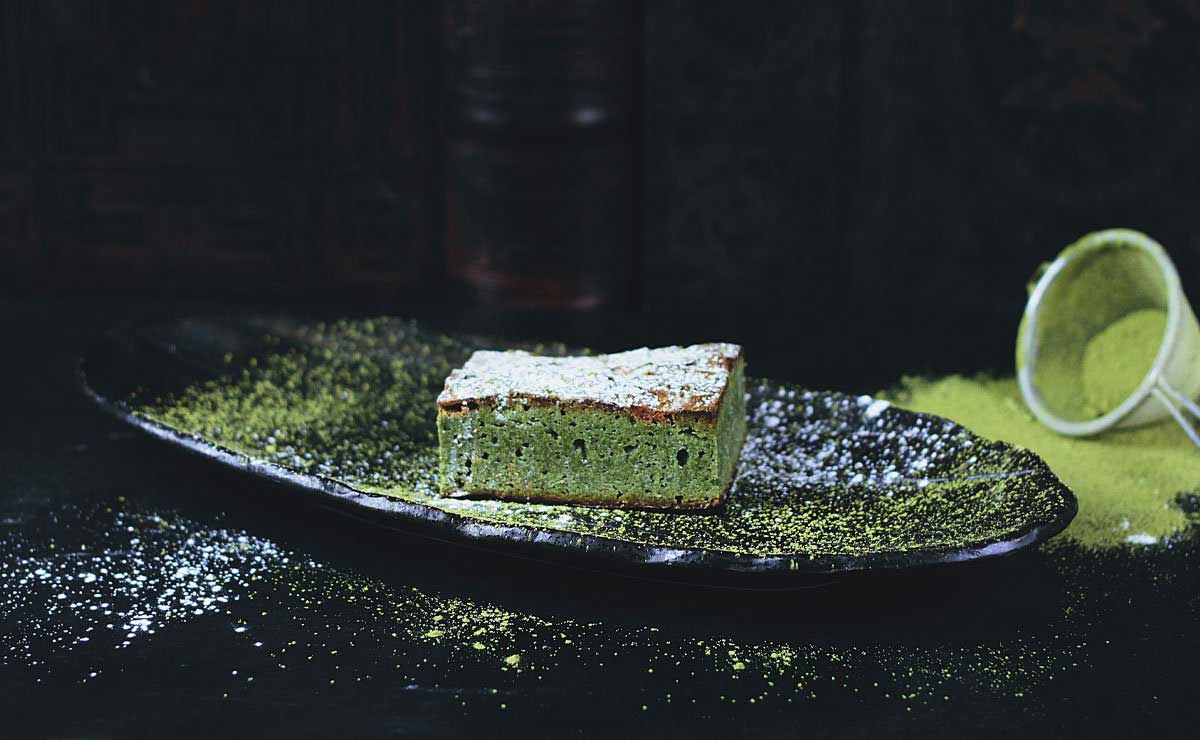
First consumed by Buddhist monks, samurai warriors, and then by the general population of Japan, matcha (including cooking grade matcha varieties) have become somewhat of an international sensation. According to Grand View Research Inc., an independent research company specializing in market data analysis and industry insights, the global matcha market was valued at $2.62 billion dollars in 2016 and is expected to grow at a CAGR of 7.6% to reach $5.07 billion dollars by 2025.

Many factors have contributed to matcha’s global acceptance. Health-conscious consumers love its high content of antioxidants, vitamins, minerals and amino acids. Research on matcha powder, such as culinary matcha powder, has shown that matcha’s oxygen radical absorbance capacity (ORAC) is estimated to be 1,384 units per gram, which is higher than many fruits and vegetables, including goji berries, broccoli and blueberries. With this abundance of antioxidants (five times more than regular black and green tea), matcha is said to provide protection from the harmful effects of UV radiation and from some chronic diseases like type-2 diabetes and gastrointestinal problems. EGCG, an antioxidant present in matcha, may even help prevent certain types of cancer. The wellness community loves the combo of the amino acid L-theanine and the caffeine that matcha has because together they produce a state of alert relaxation. These health benefits of all matcha varieties, from ceremonial grade matcha to cooking grade matcha, have helped boost the acceptance of matcha as a viable health alternative worldwide. Across the globe, consumers have been motivated to seek nutrient-rich foods and beverages in order to improve their health. Countries in North America, Western Europe, and the Asia Pacific have all turned to products like matcha for a healthy boost to their all-natural lifestyles. The U.S., Canada, Germany, the UK, France, and Australia are key consumers of ceremonial and culinary matcha powder.
Alongside its nutritional benefits, matcha’s unique flavor has won over many palates. It is not only consumed as a beverage but is also growing in demand among the culinary industry. It is no surprise then that culinary grade matcha powder is projected to witness the fastest growth rate of any grade, including ceremonial grade matcha, to reach a growth rate of 7.9% from 2017-2025.
Using ingredient grade matcha is becoming ubiquitous in the culinary world. While culinary matcha powder was normally found in sweet desserts and beverages, it can now be found in many savory foods as well, as matcha’s earthy taste can also pair well with non-sugary foods. Matcha’s earthy taste pairs well with non-sugary foods making it an excellent ingredient in everything from cookies to ice cream, noodles, hummus, gnocchi, and more! Consequently, many companies are introducing new products featuring cooking grade matcha to meet the rising demand. For example, the popular Stonemill Matcha in San Francisco features a Shokupan Toast made with culinary matcha powder butter and anko jam, matcha cream puffs, and a matcha cream pie. Melbourne’s Matcha Mylkbar serves bao buns, burger buns, and vegan eggs, all made with ingredient grade matcha.
You can even buy products like soba green tea noodles or if you enjoy cooking with matcha, you can make matcha gnocchi at home using culinary matcha powder.There are many mouthwatering matcha recipes available all over the internet, including matcha dressings and recipes for matcha noodles from award-winning chefs.
With so much room for growth in the market for savory matcha food products, the demand for bulk cooking grade matcha is growing fast. Companies that provide bulk culinary matcha powder may be looking at a wonderful future opportunity to provide chefs, restaurants, food manufacturers, and consumers with a delicious and unique product.
In order to make matcha, the leaves of the green tea variety known as tencha in Japan are ground. This produces a bright green powder that offers significantly higher nutritional benefits than green tea or infused tea. Ceremonial grade matcha’s texture is very fine and is predominantly used for drinking. It has been traditionally used in Japanese tea ceremonies and its price is higher than other grades of matcha. Classic grade is the most widely consumed variety, but now culinary grade matcha powder, which is used in bakery and cooking applications, is predicted to grow faster than any grade.
With its inexpensive price tag and numerous health benefits, cooking grade matcha is easily incorporated into a wide range of products and is only poised to become more popular throughout the years.
Ikeda Tea World specializes in providing high-quality bulk culinary matcha powder. With cooking grade matcha, the sky's the limit for the products that can be created -- and we are all for it! Contact us today to learn more about how you can get into this rapidly developing trend!